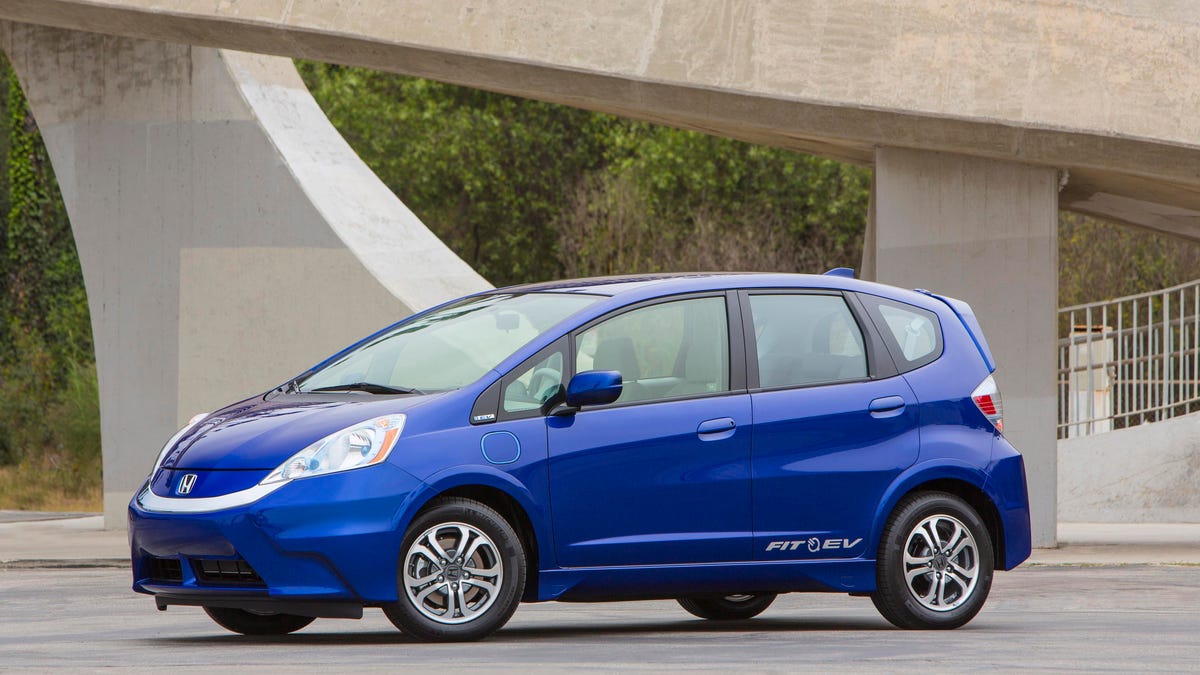Honda is working on a solution for old, end-of-life EV batteries
The company is working with American Electric Power to supplement municipal power grids with the battery packs from older electric vehicles.
As battery electric vehicles become increasingly common on our roads, the problem of what to do with their complicated, resource-intensive batteries becomes a much more significant concern.
Some have proposed turning old EV batteries into domestic backup batteries, or municipal ones, or chargers for other EVs. Honda , alongside its partner American Electric Power (AEP), has some ideas and it's currently conducting its own research into what should be done with end-of-life batteries, which it announced Wednesday.
One of the biggest areas of Honda's study is in using the batteries to supplement the power grid during high demand. For example, as EVs become more commonplace, it's likely that early evening will be a time of high strain on the power grid as people come home from work and plug their cars in at home.
A large array of these older EV batteries could store energy during the day when the system is under less demand or when renewable energy sources like solar or wind are making excess power, and act as a ballast for the grid when that demand ramps up.
"Together with AEP, we are exploring opportunities to use the second life battery to improve energy security, reduce CO2 and prepare for broad scale electrification of the transportation ecosystem," said Ryan Harty, manager of Connected and Environmental Business, American Honda, in a statement. "Neither automakers nor utilities can address these complex technical, policy and business issues alone."
Honda plans to use the batteries from its now-discontinued Fit EV to power its pilot program with AEP.


